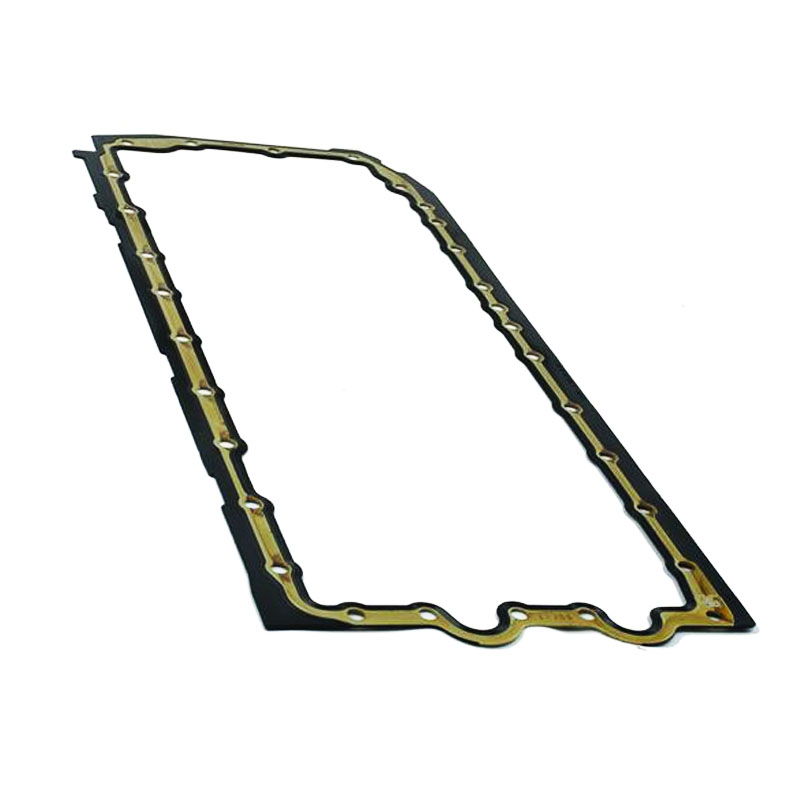oil seal
Understanding Oil Seals Their Importance and Functions
Oil seals, also known as grease seals or shaft seals, are an essential component in various machines and engines. They play a crucial role in preventing the leakage of lubricants, which are vital for the smooth operation of mechanical parts. The significance of oil seals can be understood through their design, functions, types, and applications in different industries.
What are Oil Seals?
Oil seals are typically composed of elastomeric materials, such as rubber or thermoplastic, and are designed to fit around rotating shafts. Their primary function is to create a barrier to retain lubricants while keeping contaminants, such as dirt and moisture, out. Oil seals are strategically placed in machinery, often at points where rotation occurs, ensuring that the lubrication system functions effectively.
Importance of Oil Seals
The importance of oil seals cannot be understated. In mechanical systems, proper lubrication is essential for minimizing friction between moving parts. If an oil seal fails, the lubricant may escape, leading to inadequate lubrication. This can cause increased friction, resulting in overheating, accelerated wear, and ultimately, the failure of essential components. Moreover, the ingress of dirt and moisture can lead to corrosion and other forms of damage, further compromising the integrity of the machinery.
Types of Oil Seals
Oil seals come in various types, each designed for specific applications. The following are some of the most common types
1. Single-Lip Seals These seals have a single sealing lip that presses against the shaft. They are effective for applications where moderate pressures and speeds are involved.
2. Double-Lip Seals Featuring two sealing lips, these seals provide enhanced protection against leakage and contamination. The second lip acts as a backup, offering additional security.
3. Spring-Loaded Seals These seals incorporate a spring that enhances the pressure of the lip against the shaft, providing a tighter seal and better protection against leakage.
oil seal

4. V-Rings Although not traditional oil seals, V-rings offer an excellent sealing solution by fitting directly onto the shaft and providing a sealing function as they rotate.
5. Mechanical Seals Often used in pumps, mechanical seals consist of two faces that slide against each other to provide a sealing solution, minimizing leakage.
Applications of Oil Seals
Oil seals are found in a wide range of applications across various industries. Some of the most common uses include
- Automotive In automobiles, oil seals are utilized in engine components, transmission systems, and differential assemblies, helping to keep lubricants contained and extending the life of the vehicle.
- Industrial Machinery Oil seals are integral in manufacturing equipment, compressors, and hydraulic systems, ensuring that they operate smoothly and efficiently.
- Aviation Aircraft engines rely on oil seals to maintain proper lubrication and prevent oil leaks that could compromise safety and performance.
- Marine In marine applications, oil seals protect against water ingress and oil loss, which is critical for the reliability of boats and ships.
Conclusion
In summary, oil seals are indispensable components that offer significant benefits in maintaining the efficiency and reliability of mechanical systems. Their primary function of preventing lubricant leakage while barring contaminants is vital for extending the life of machinery. Understanding the various types and applications of oil seals can help industries choose the right seal for their specific needs, ultimately leading to enhanced performance and reduced maintenance costs. By prioritizing oil seal integrity, engineers and operators can ensure the longevity and reliability of the machines they rely on daily.
-
Simplifying Oil Changes: A Comprehensive Guide to Oil Drain Plugs and Their Variants
News Aug.04,2025
-
Mastering Oil Drain Maintenance: Solutions for Stripped, Worn, and Upgraded Oil Plugs
News Aug.04,2025
-
Fixing Oil Pan Plug Issues: Leaks, Stripped Nuts, and the Right Replacement Solutions
News Aug.04,2025
-
Everything You Need to Know About Oil Drain Plugs: Sizes, Fixes, and Upgrades
News Aug.04,2025
-
Choosing the Right Oil Drain Plug: A Guide to Sizes, Materials, and Drain Innovations
News Aug.04,2025
-
A Complete Guide to Automotive Drain Plugs: Types, Problems, and Innovative Solutions
News Aug.04,2025
-
The Ultimate Guide to Car Repair Kits: Tools and Essentials Every Driver Should Own
News Aug.01,2025
Products categories















